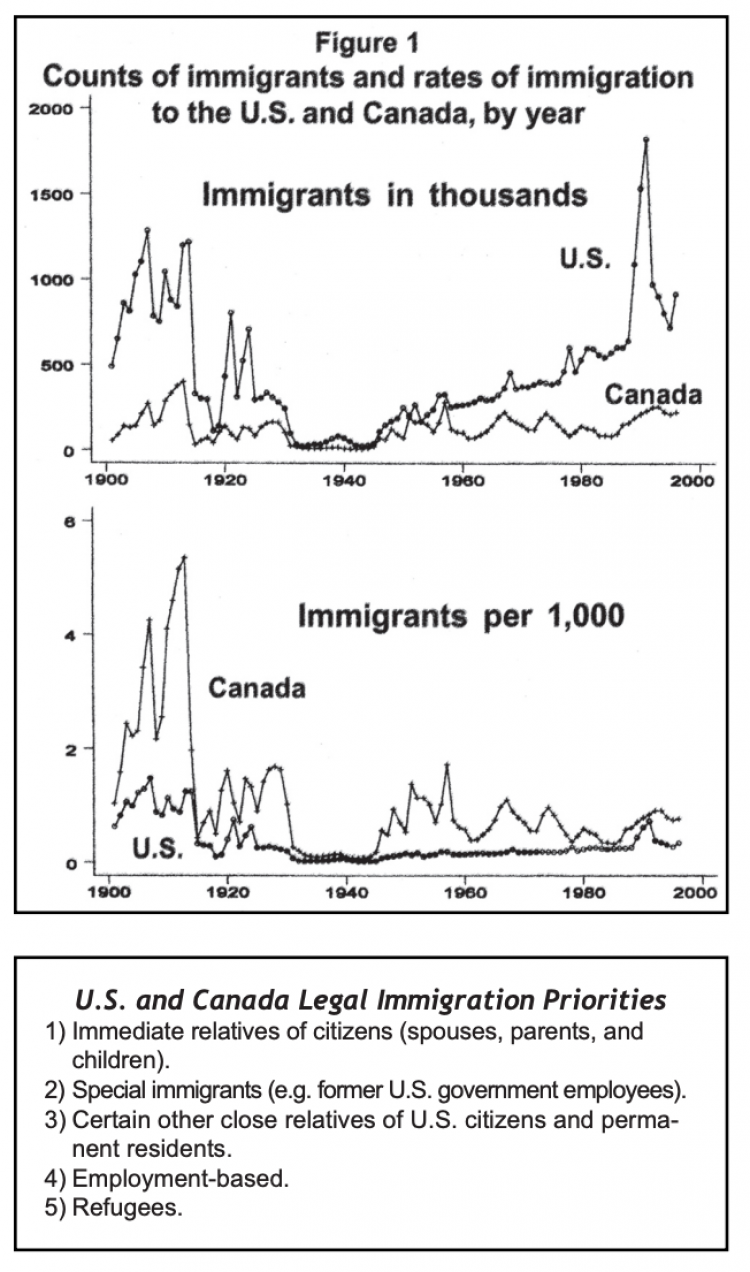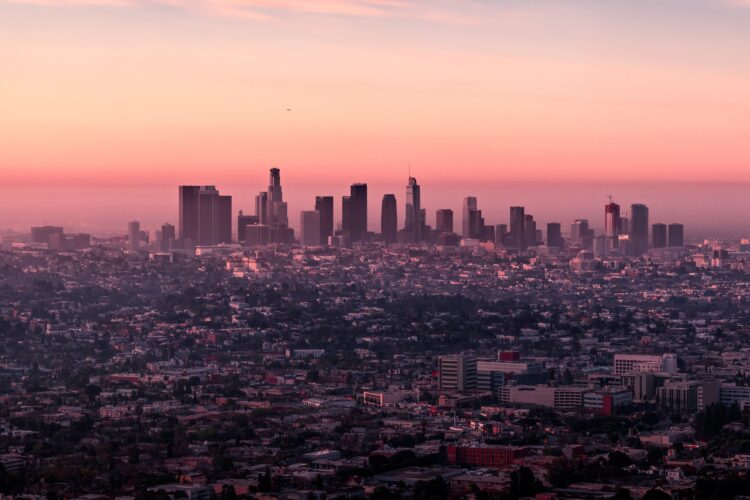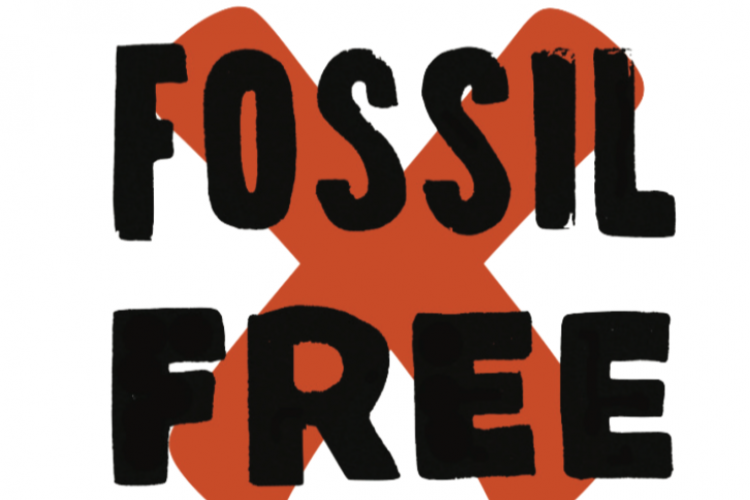Immigration in a Crowded World: A Friends’ Perspective

This article was created by QEW’s Population Working Group and is part of our “Pamphlets for Sharing” series, reflections on important topics researched, written, and edited using Quaker discernment and decision-making. We hope you use them as an educational tool with your community.
“Do not mistreat foreigners who are living in your land. Treat them as you would a fellow Israelite, and love them as you love yourselves. Remember that you were once foreigners in the land of Egypt.” – Leviticus 19:33-34
The U.S. population is growing by two to three million persons per year and is projected to grow from 319 million in 2014 to 400 million by 2050. With our standard of living, natural resources are under tremendous and mounting pressure.
A significant portion of the population growth of the U. S. and Canada is due to immigration. Because of population pressure, political repression, environmental degradation, and economic inequalities, persons in developing nations seek to immigrate to developed nations. Some people in the U.S. see immigration as a threat to their quality of life.
The purpose of this trifold is to separate the facts from the fears and address the question of immigration from a spiritual base.
In the World
- For many millennia there were no national borders, immigration laws, or passports because nation-states did not exist.
- National boundaries are more a product of physical geography, politics, and military history than of cultural or ethnic groupings.
- Nomadic people have a difficult time adjusting to rules of citizenship and immigration, as they have lived for centuries without borders.
- The European Union has open borders, but only for those who are citizens of its member states. Some European nations have very restrictive immigration laws.
- The United Nations estimates that there were 50 million refugees in the world in 2013. A growing number are “ecological refugees”—the land where they live cannot support them.
In North America
- Nearly all North Americans are descended from relatively recent immigrants; native Americans account for less than one percent of the U.S. population.
- In 2014 the U.S. population was 319 million.
- In the first decade of the 1900s, an average of one million persons came to the U.S. each year, and immigration accounted for 40 percent of the population growth. In Canada the corresponding figures were 140,000 and 78 percent! (Figure 1).
- Legal immigration to the U.S. is now set at approximately one million per year. In addition, the number of undocumented immigrants was estimated at roughly 400,000 annually, though studies by the Pew Research Center indicate this number has decreased substantially in recent years due to fewer undocumented immigrants from Mexico.
- There are approximately 1.5 million more births than deaths each year in the U.S. Current immigration accounts for about half the population growth, the same proportion as in 1900.
- The U.S. admits the largest number of immigrants of any country in the world. Canada and Australia, however, admit a higher percentage relative to total population (Figure 1).
- Some population and environmental groups believe we should strictly limit immigration to help slow population growth, reduce sprawl, and protect our undeveloped areas.
- Undocumented immigrants (about 12 million in the U.S.) will often work for less pay than nationals, live in substandard housing, and work in unhealthy, unsafe conditions.
- The Internal Revenue Service estimates that two million Americans employ domestic immigrant workers, and only 250,000 of them meet all the requirements of immigration and tax laws.
- Quotas on legal immigrants mean applicants from some countries have a 15- to 20-year wait.
- Currently, there are 651 miles of fencing, including steel walls (14 feet high) and chain-link and barbed wire fences along the U.S.-Mexican border.
- Many persons are so desperate that they risk their lives trying to get here. In the past ten years, over 2,000 persons have died crossing the U.S.-Mexico border.

Our Vision
Our belief that there is that of God in every person leads to our testimony of equality. Following this testimony, Friends are clear that it is wrong to discriminate against persons because of where they were born; everyone should be able to move around the world, unrestricted by national boundaries.
Questions
- What would have to change in order to have open borders?
- Political refugees are recognized. Should economic and environmental refugees be recognized?
- Which rights (e.g., voting), if any, can justifiably be denied to immigrants and which cannot?
- What can we learn from the evolution of the European Union’s policy of open international borders?
- Why are open borders seen as a threat to national sovereignty?
- Some say that opening borders would lead to a large redistribution of population and, eventually a more equitable distribution of world resources. Does this scenario seem reasonable?
- How do fears of losing our privileged position in the world lead us to passively support continuation of the status quo with respect to immigration?
- Are we, in the materially rich countries, willing to live more simply?
Things We Can Do
- Study the matter of immigration as individuals and as Meetings.
- Include consideration of this concern in our Faith and Practice.
- Continue to help individual refugees and groups of refugees and safeguard their rights.
- Ask the government to reduce military spending and to increase spending for family planning programs and other economic development in developing countries.
- Oppose efforts to deny health, employment, and educational services to undocumented people.
- Encourage provisions for greater protection of the natural environment in international trade agreements.
- Support the United Nations’ population and environmental programs.
- Study the relationships among the imported products that we use, the natural environments where they are produced, and the migration pressures felt by the people who produce them.
- Consider the implications of the “ecological footprint” of a North American versus a resident of a third world country.
Resources
National Center for Health Statistics. www.cdc.gov/nchs
War’s Human Cost
UN High Commission for Refugees Global Trends Annual Report 2013 <unhcr.org/5399a14f9.html>.
United Nations Demographic Yearbook, 2012.
Canadian government web site: <www.cic.gc.ca>.
Kimmel, Barbara Brooks, and Alan Lubiner. 2009. Immigration Made Simple: An Easy-to-Read Guide to the U.S. Immigration Process. Next Decade, Inc. New Jersey.
U.S. Immigration and Naturalization Service <us-immigration.com/blog/>.
U.S. Census 2010


